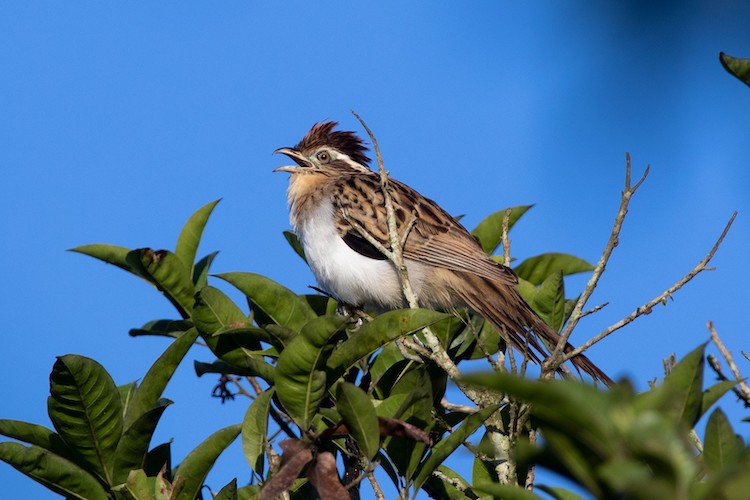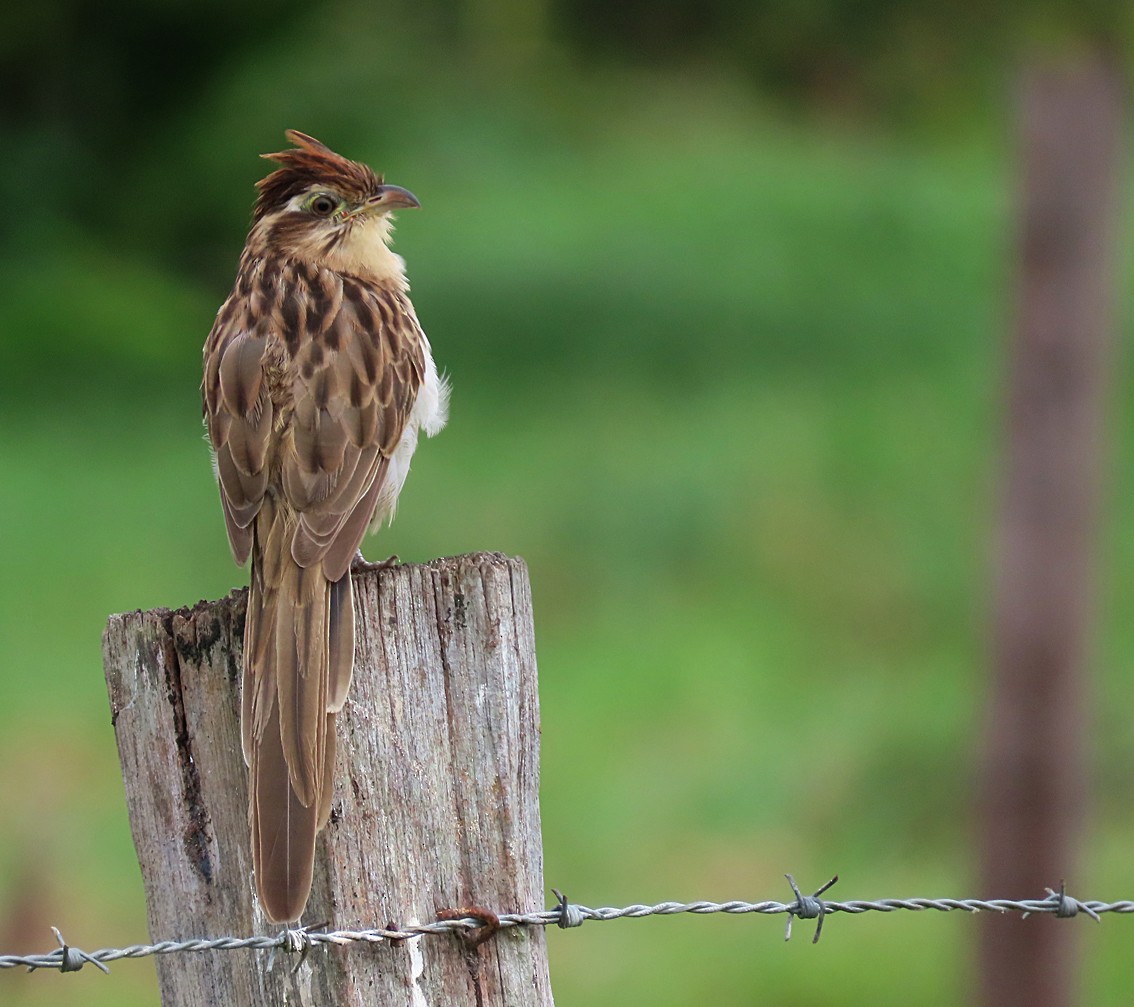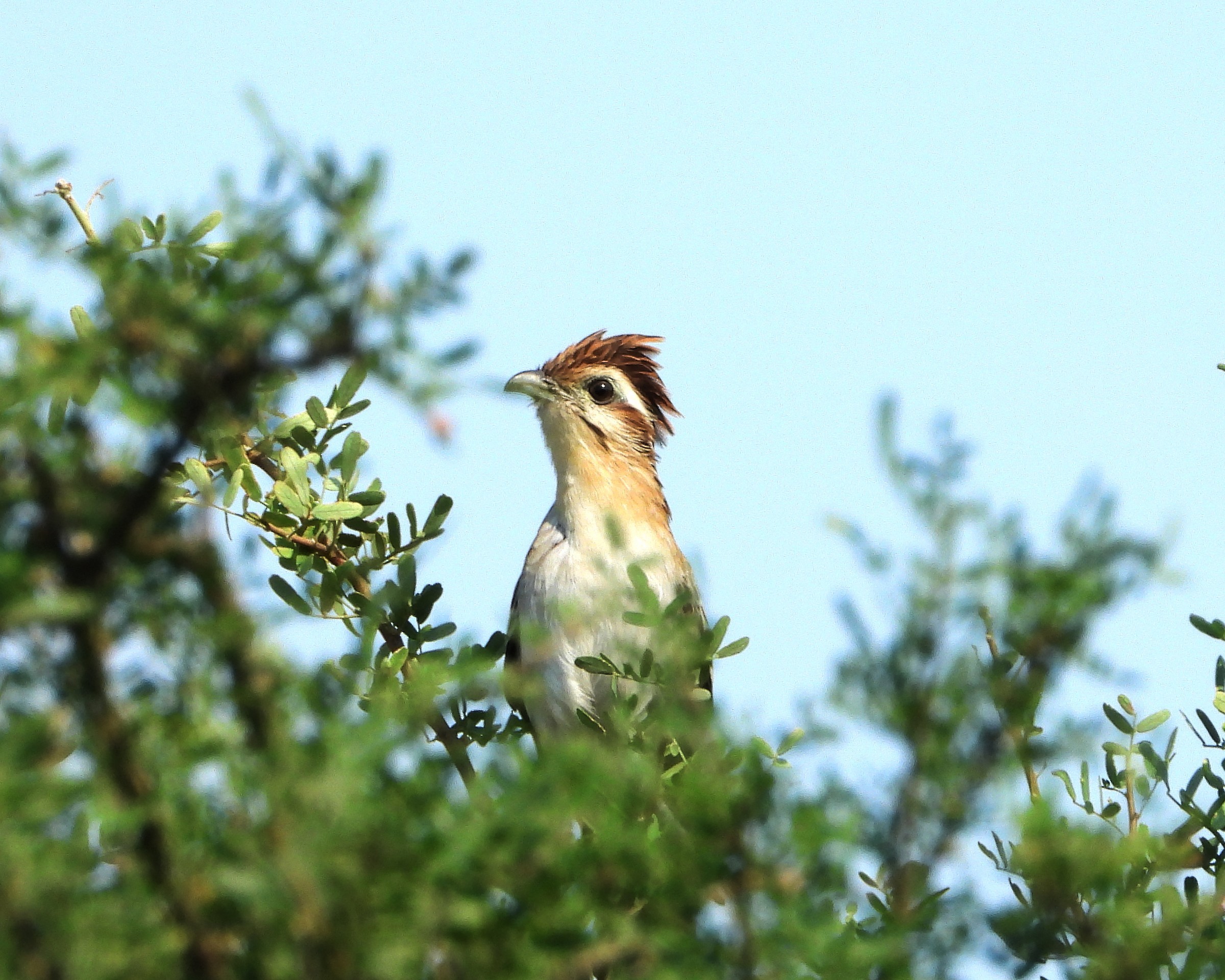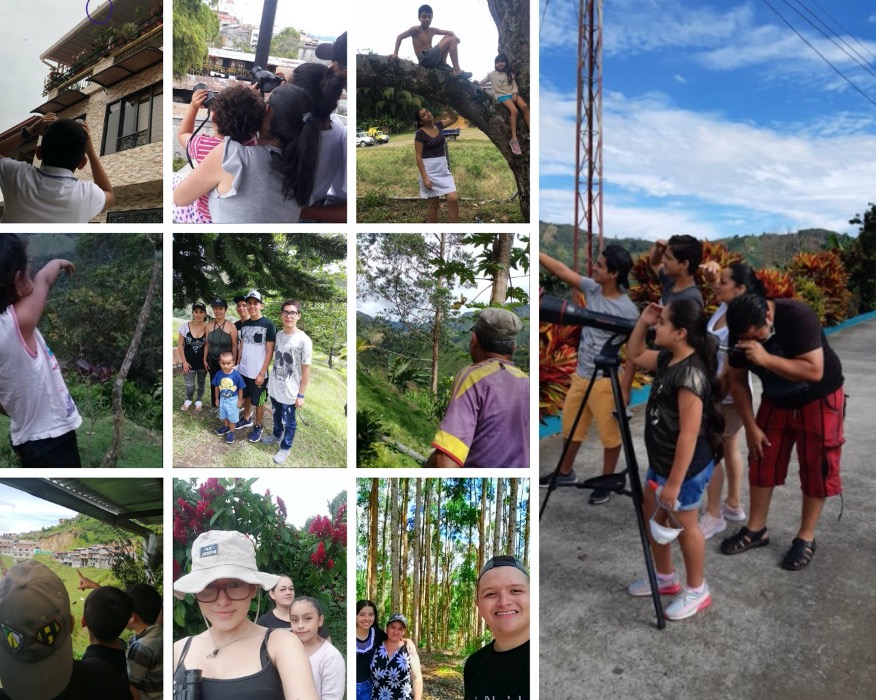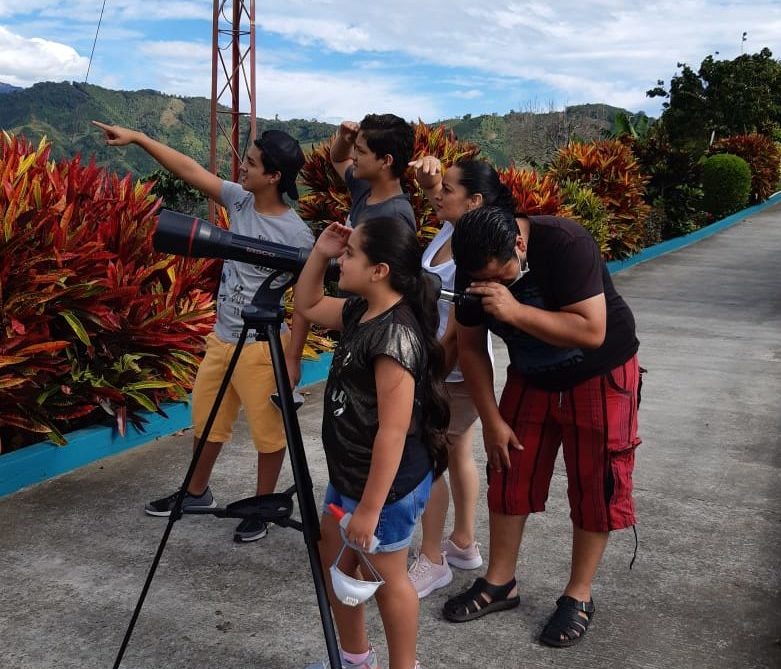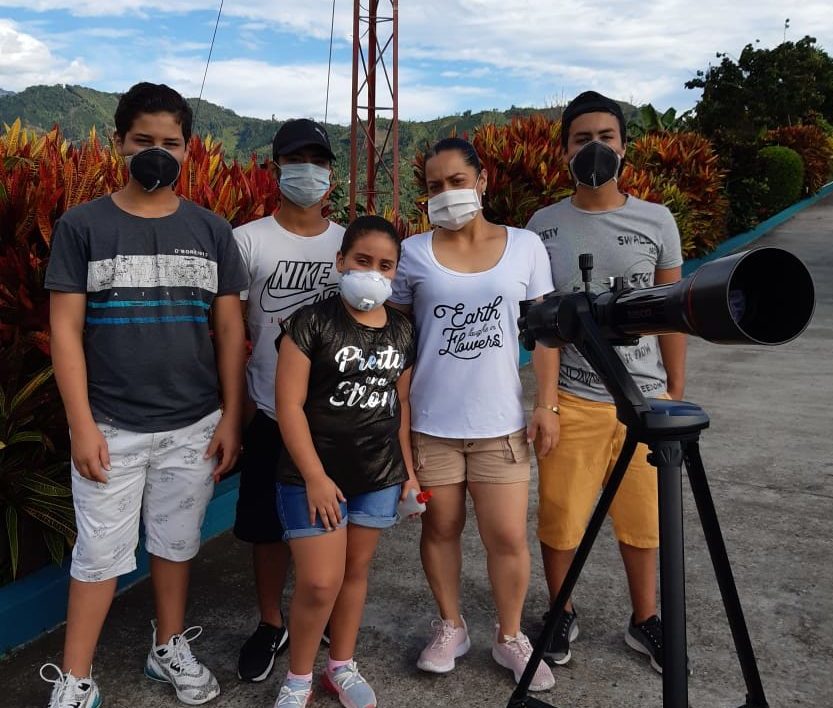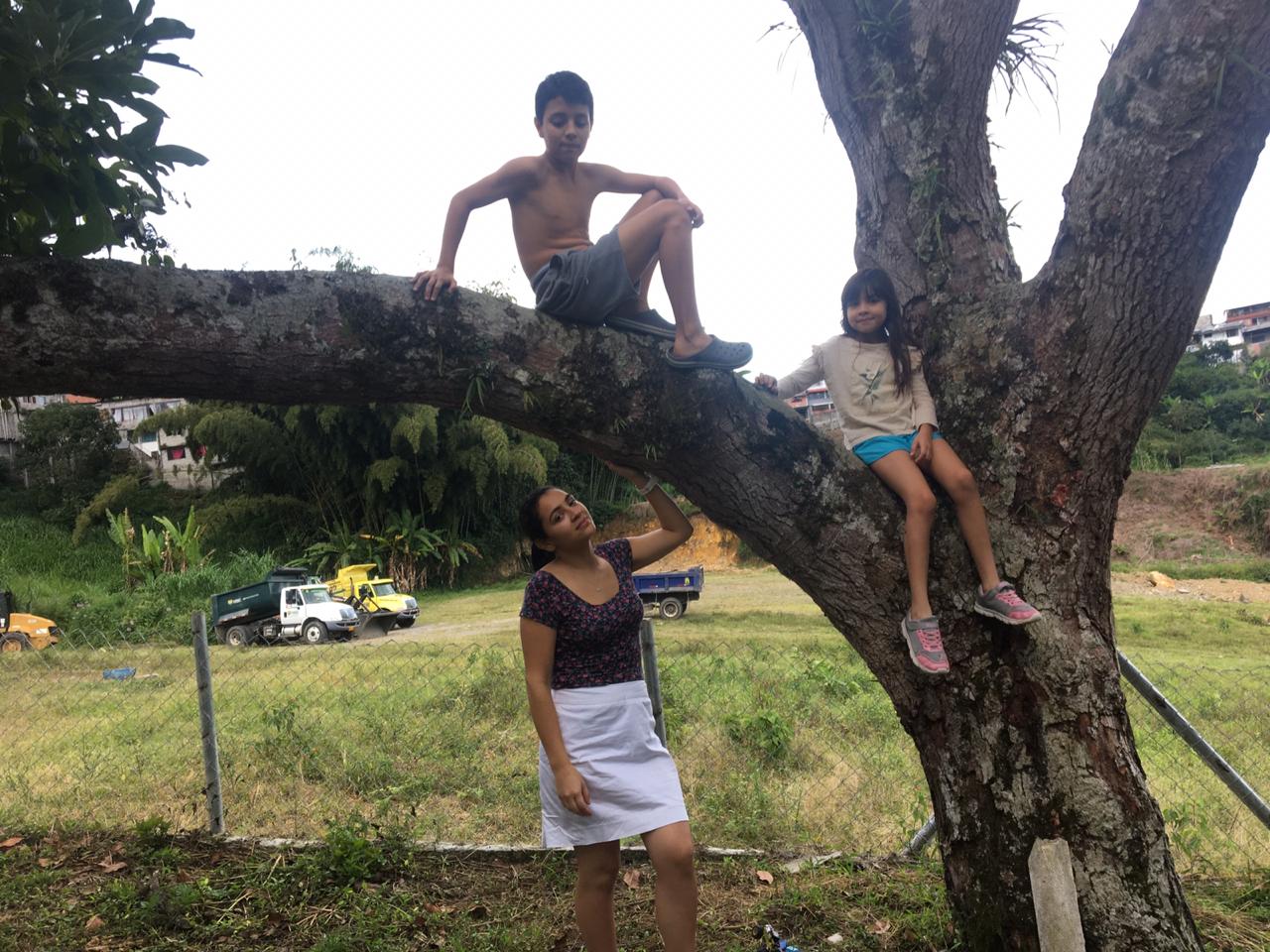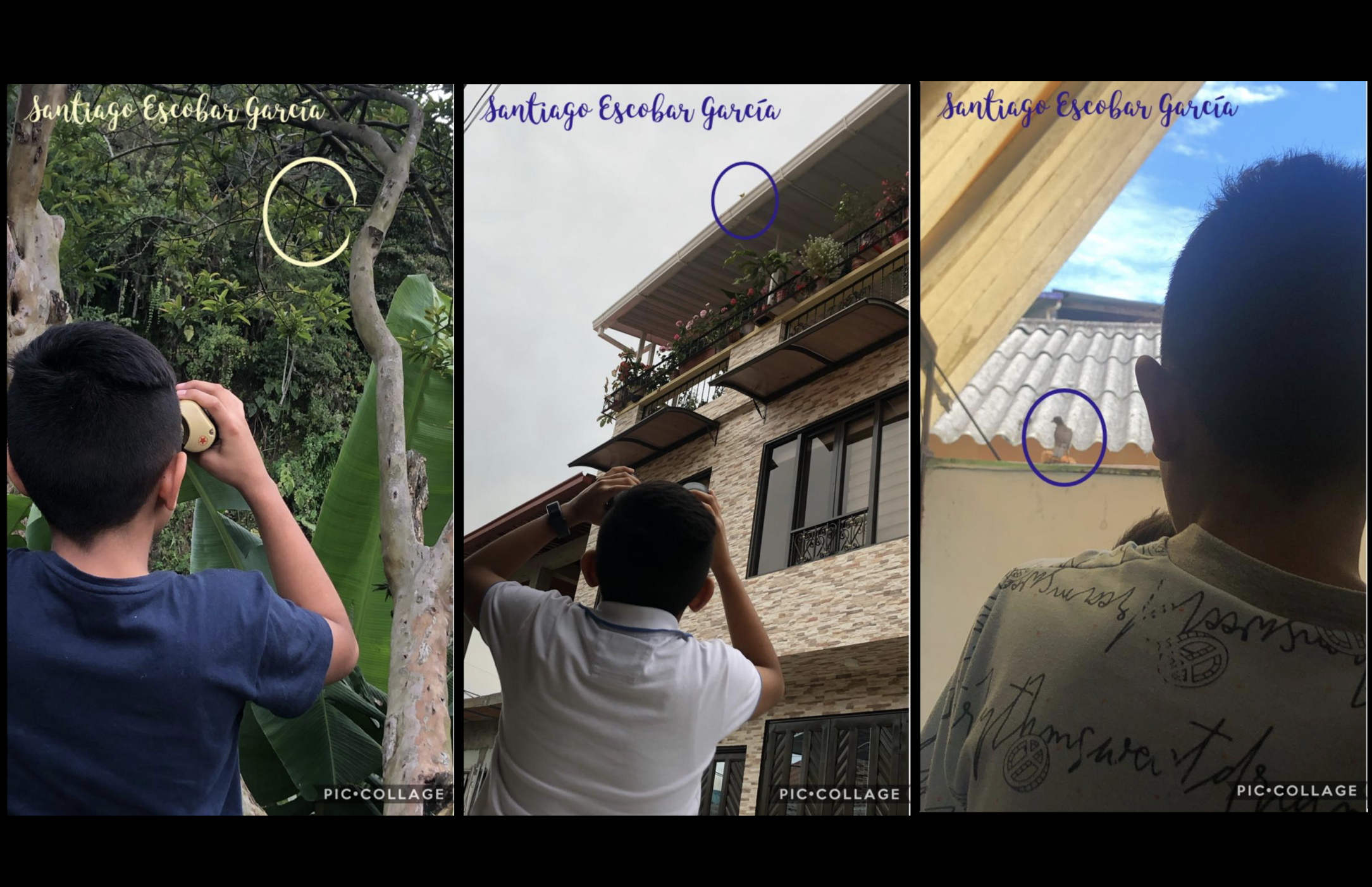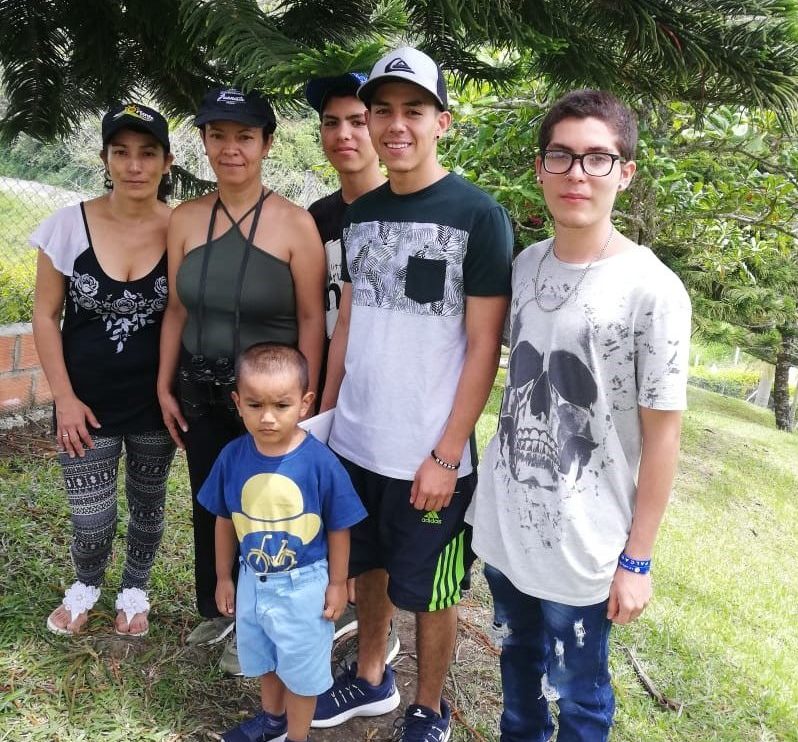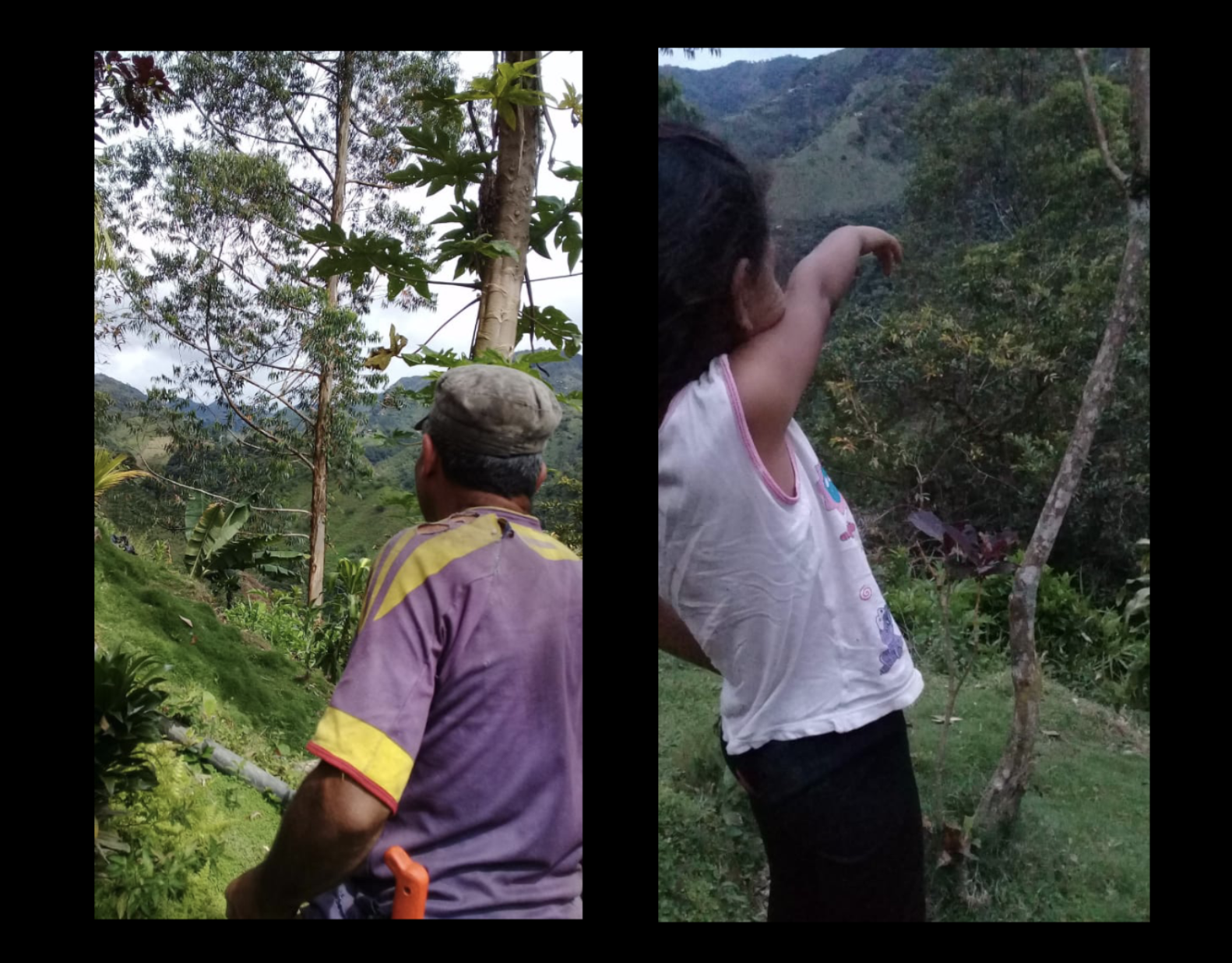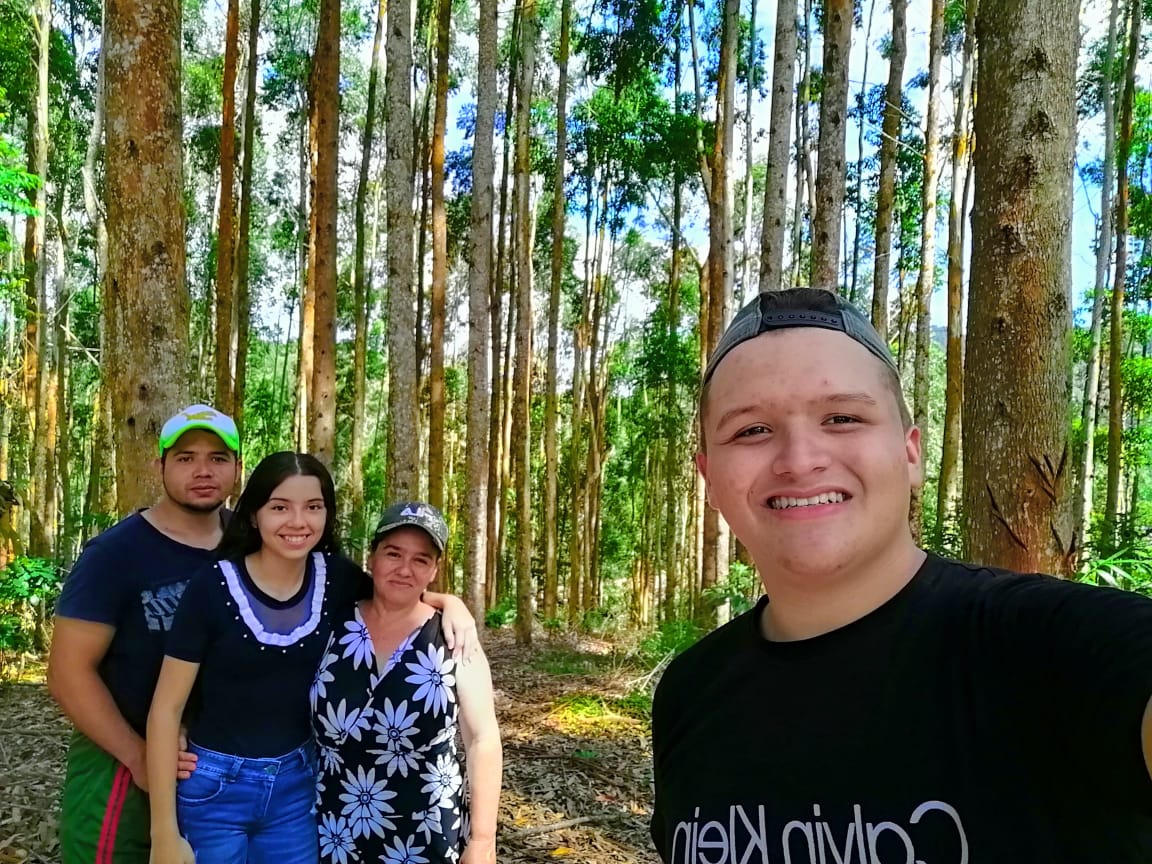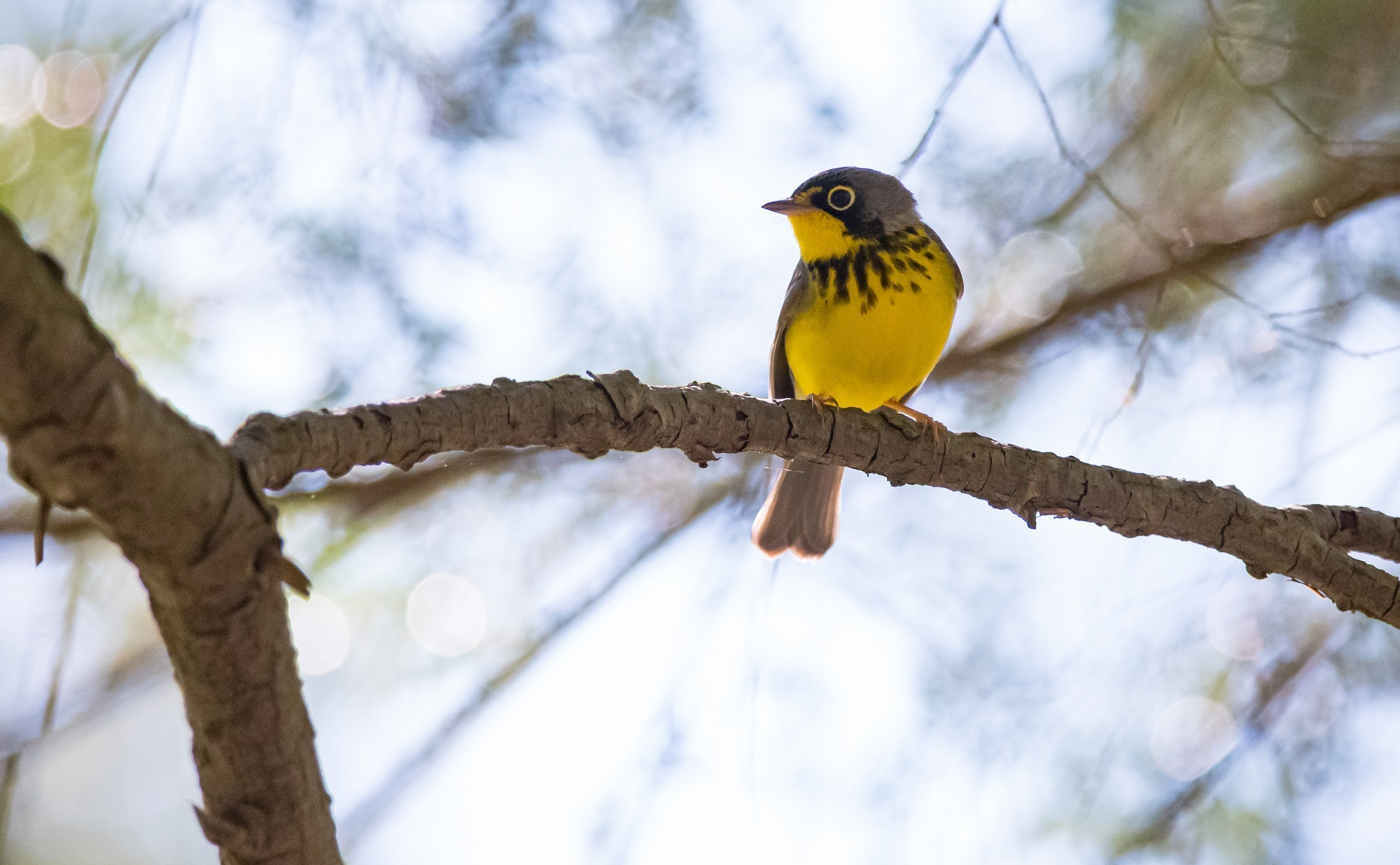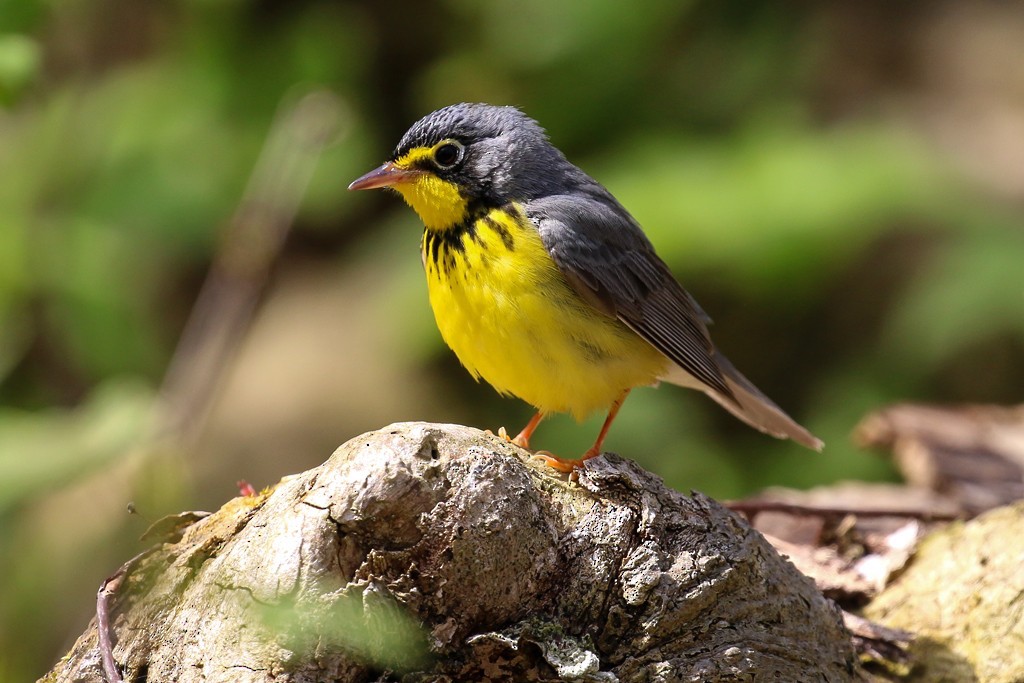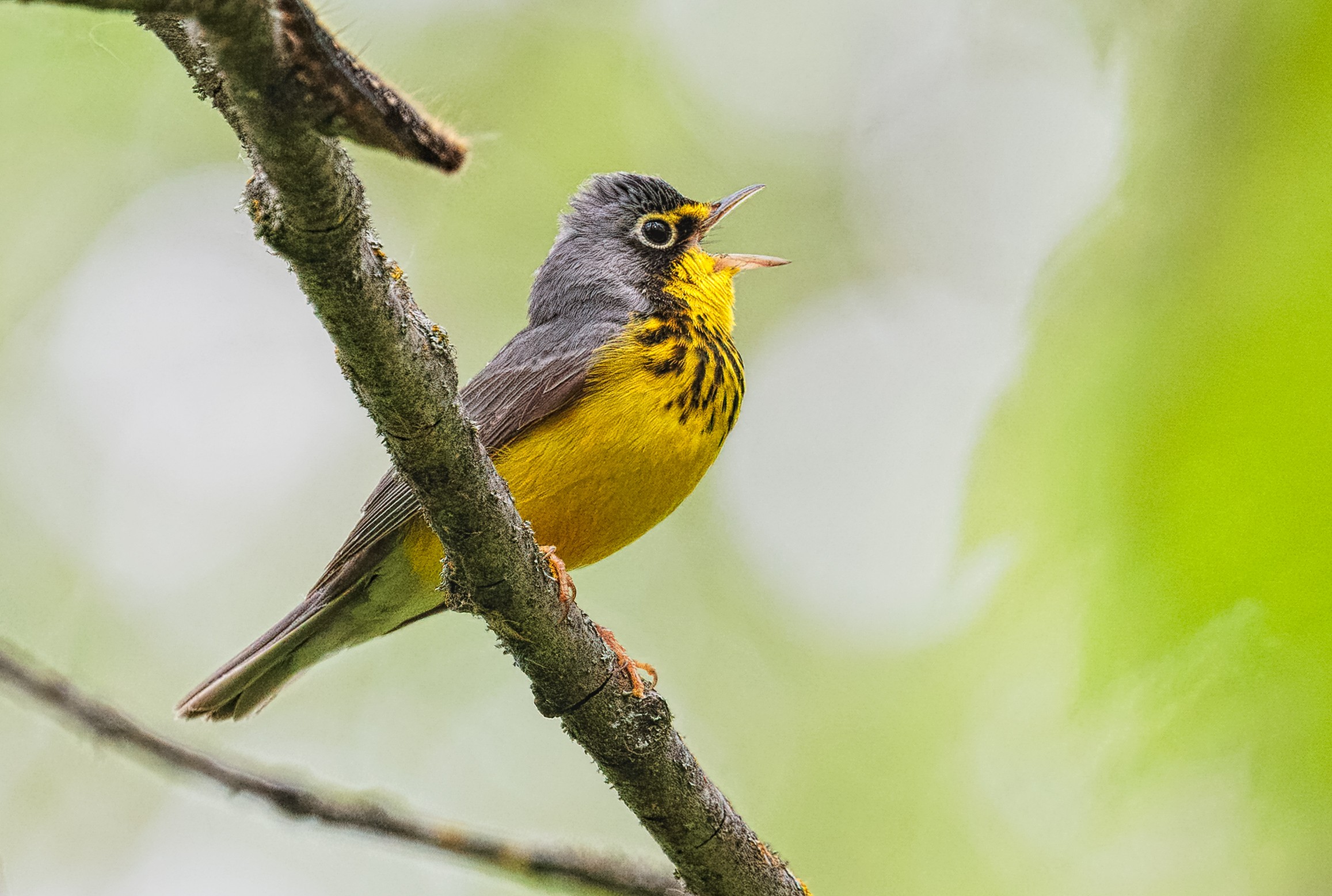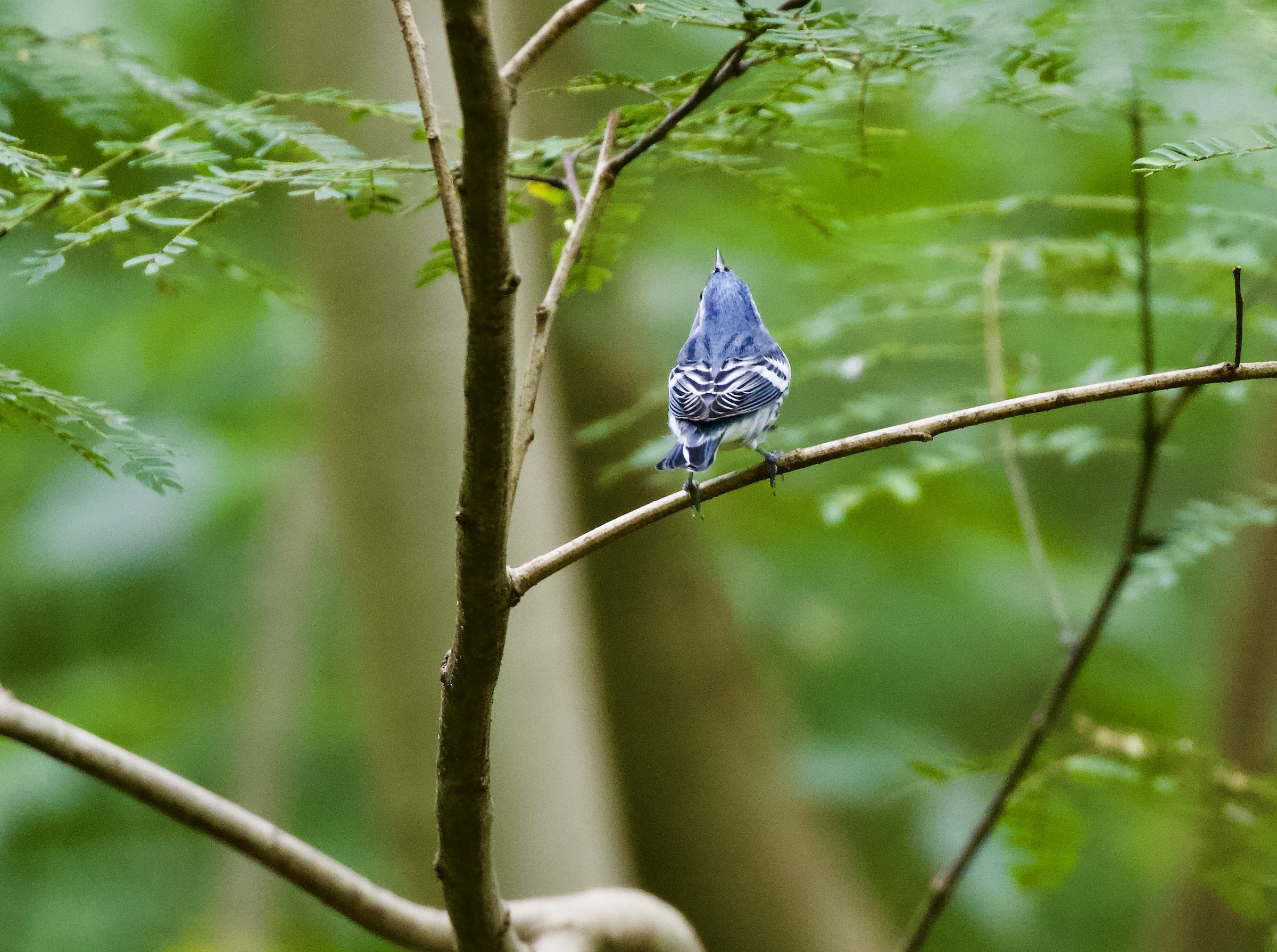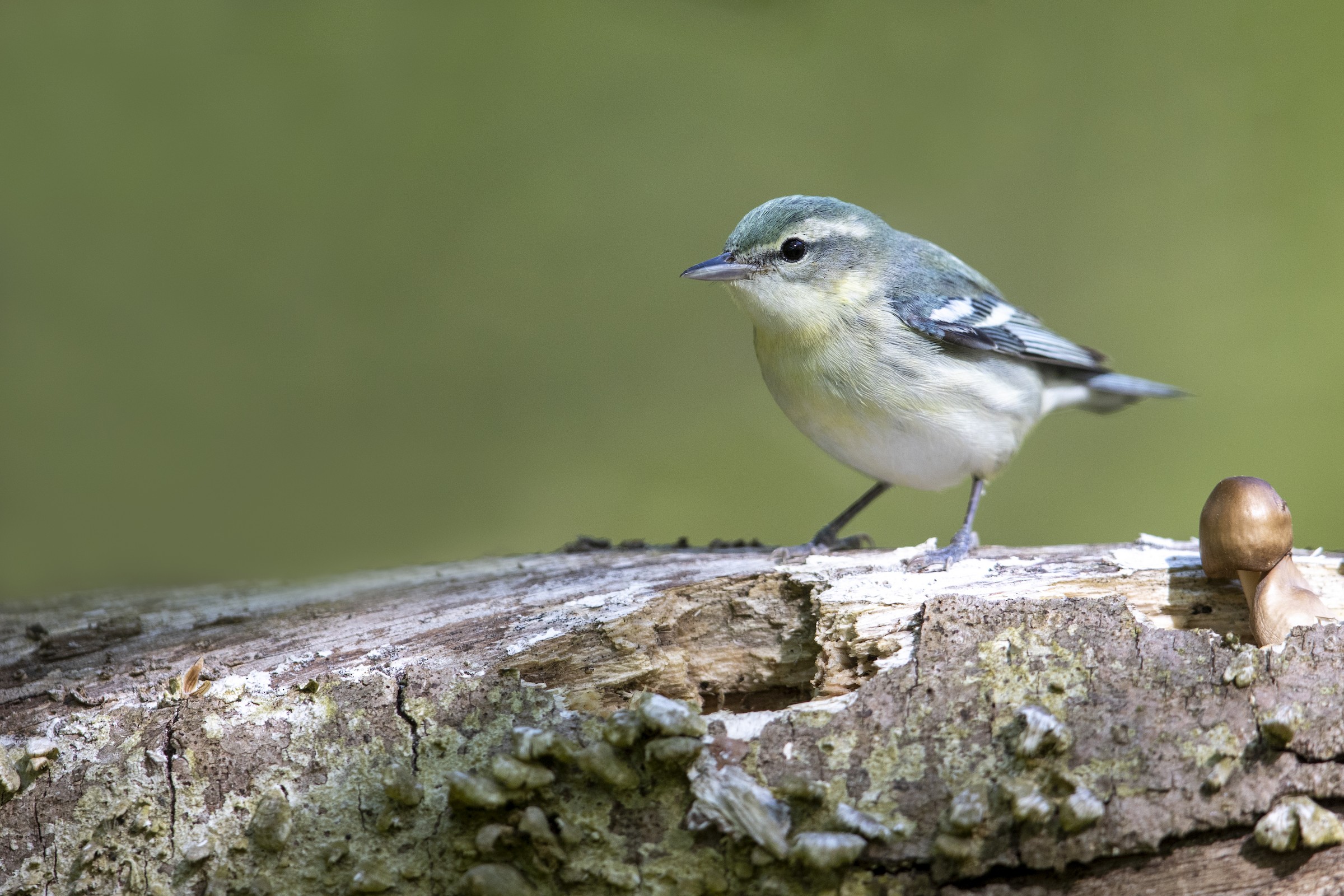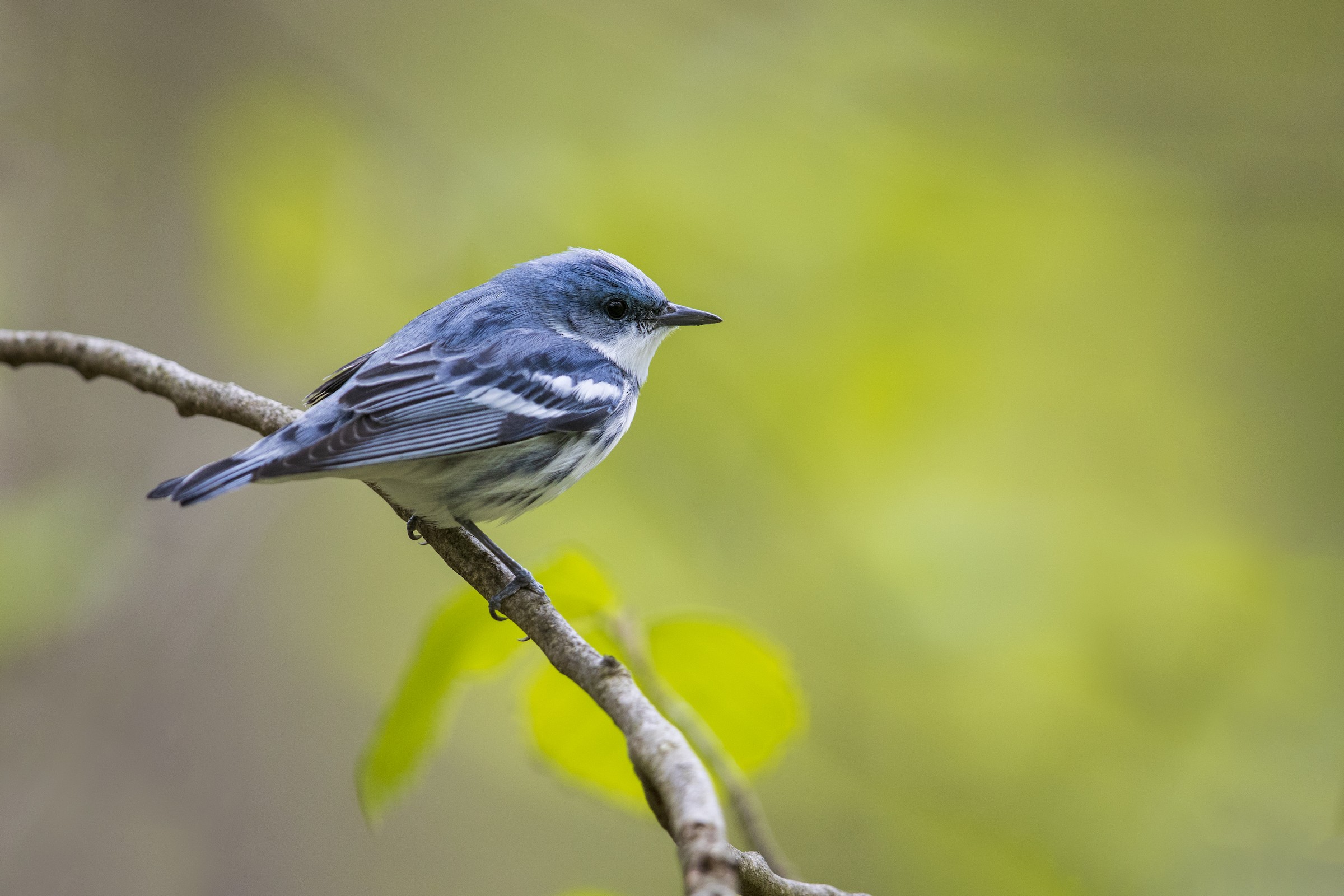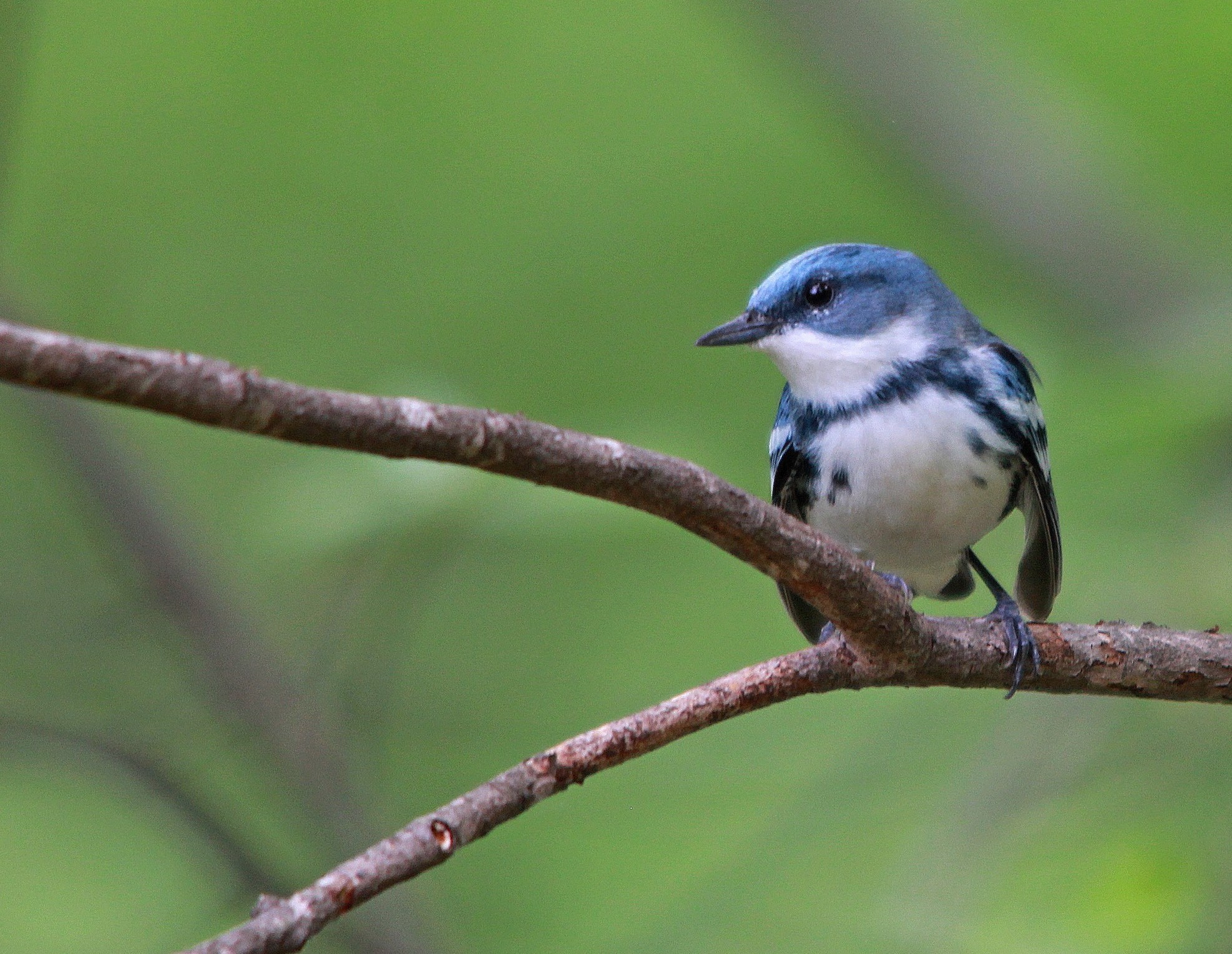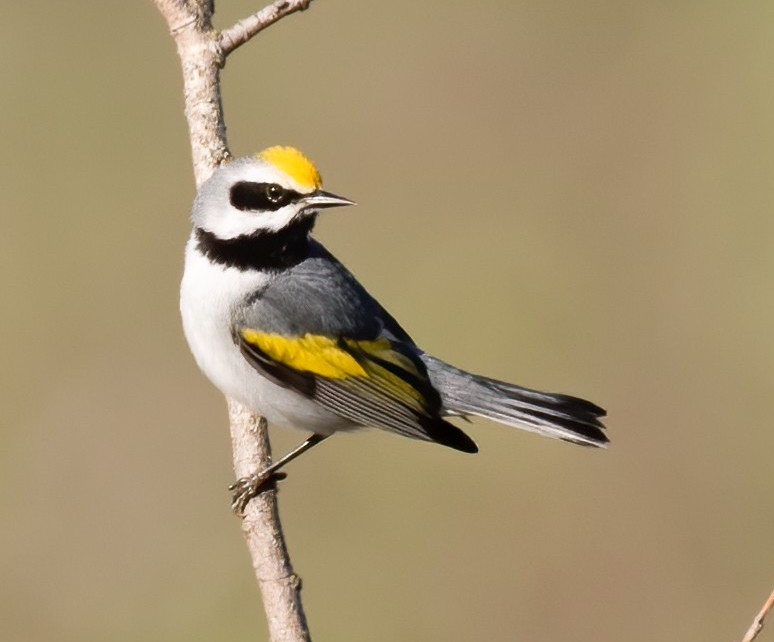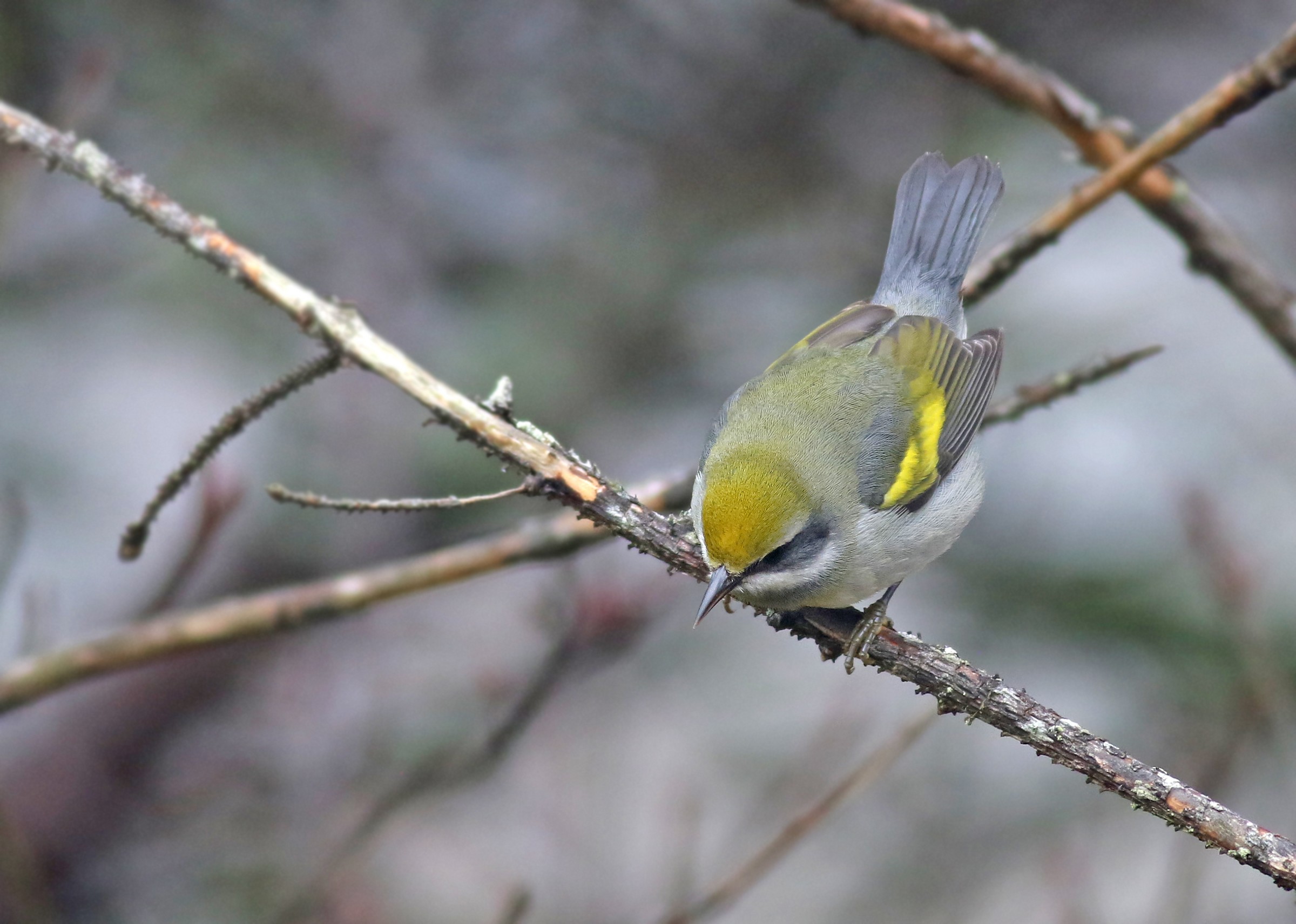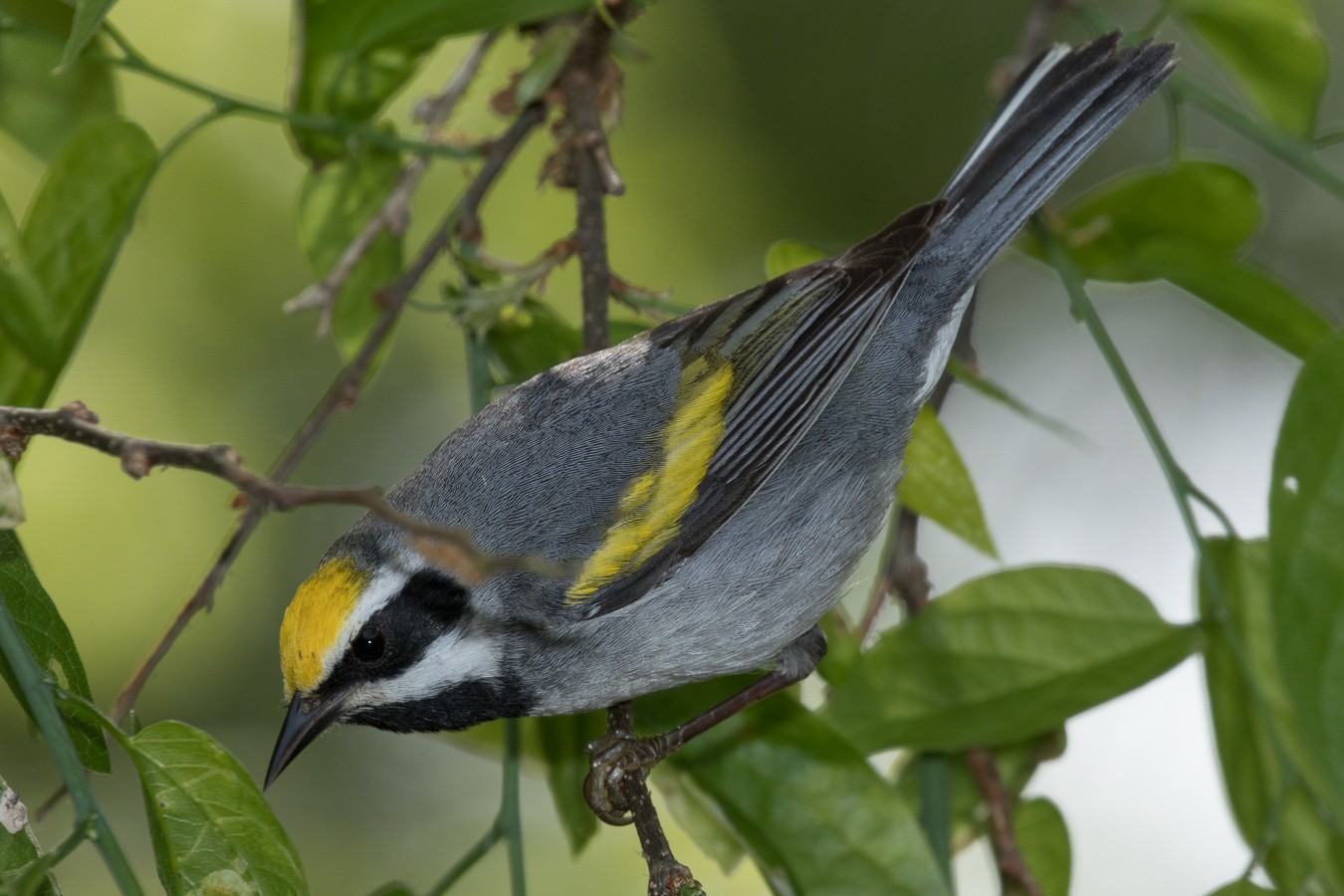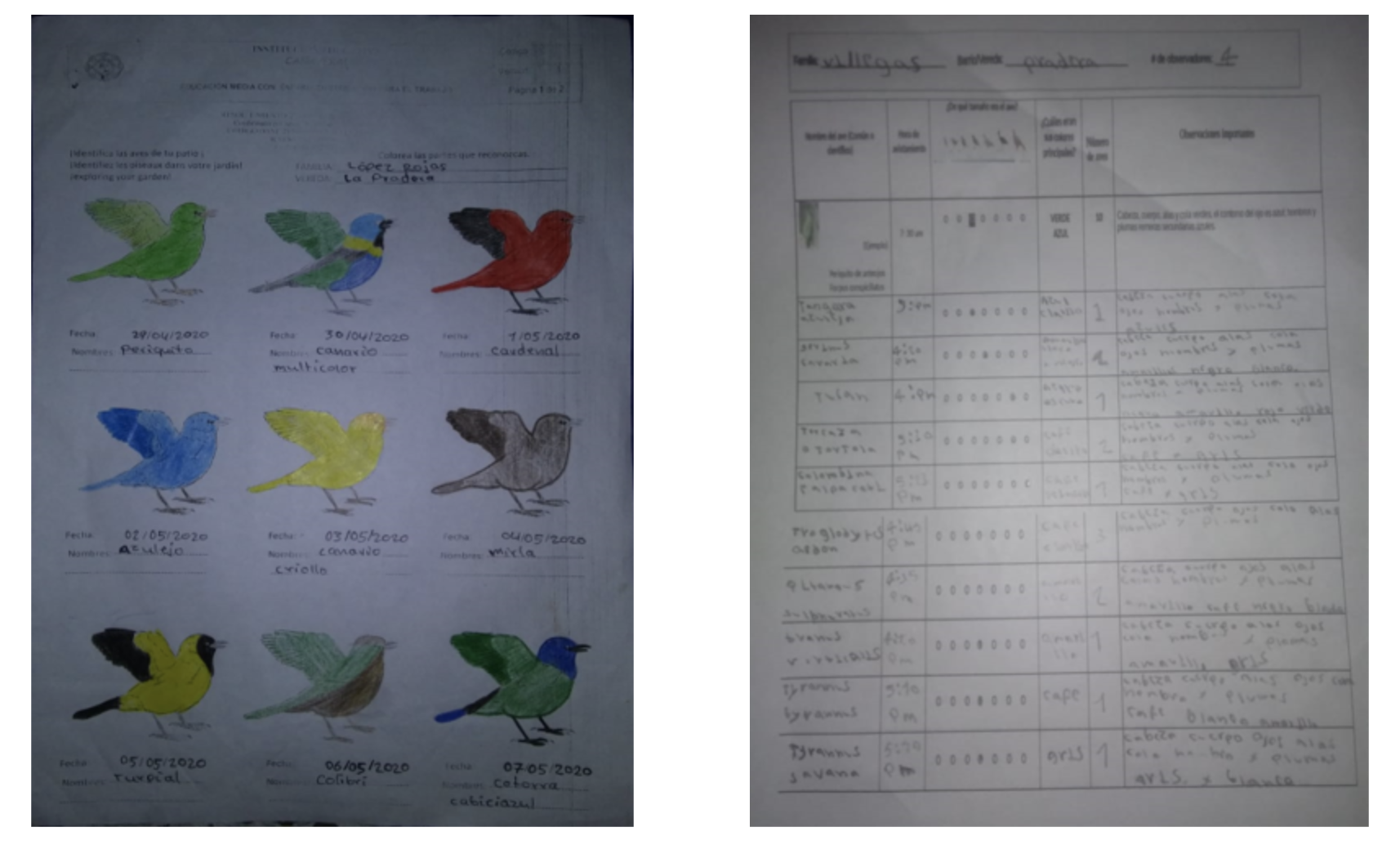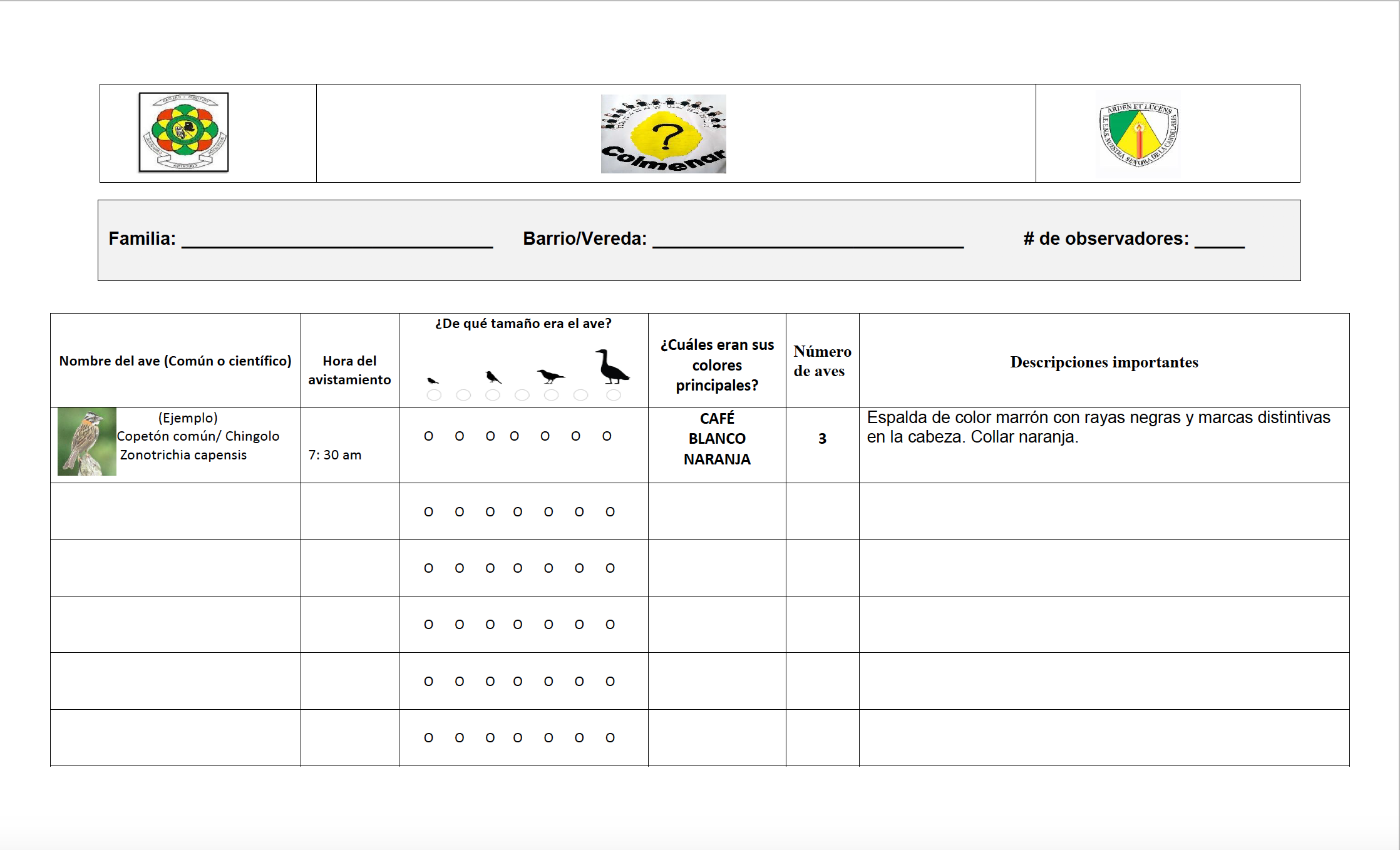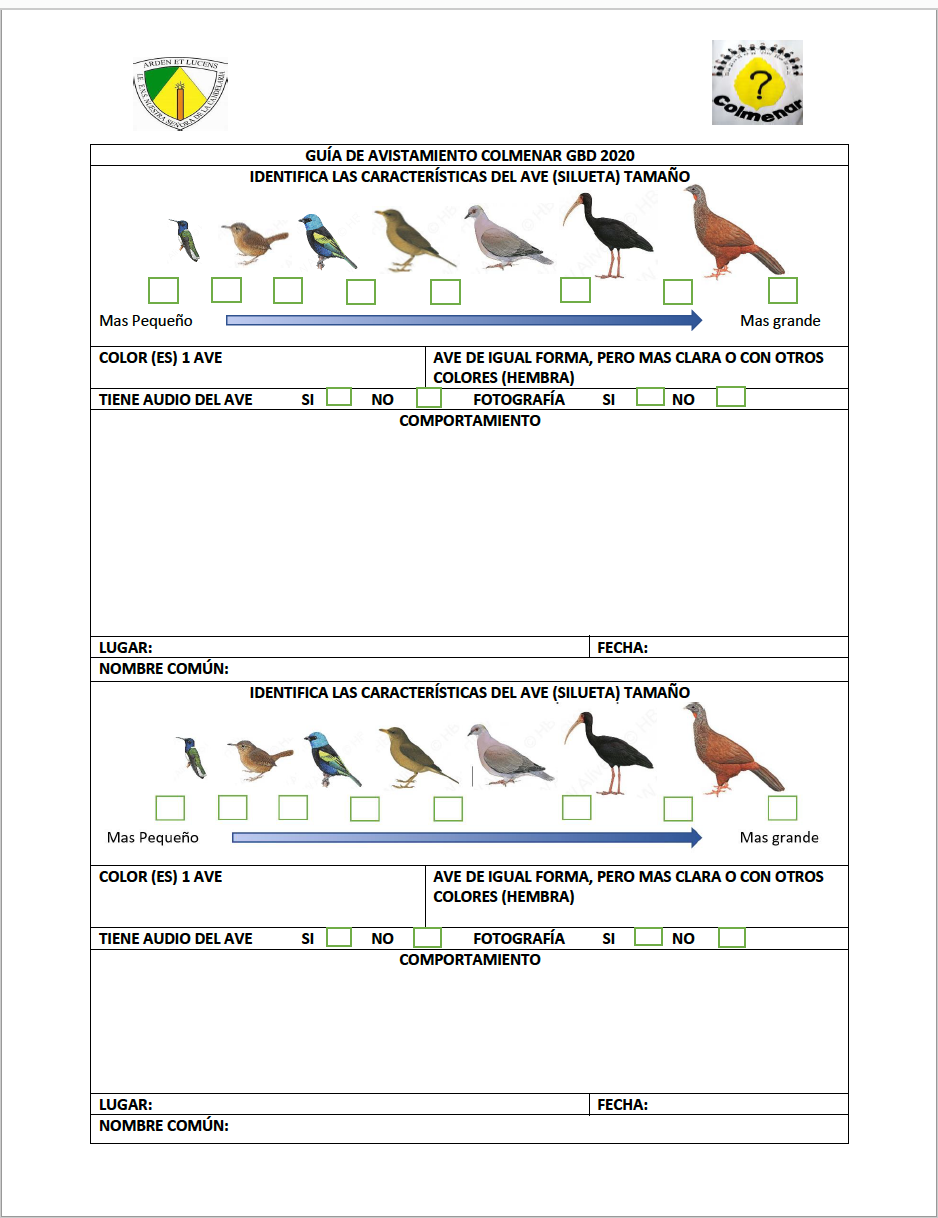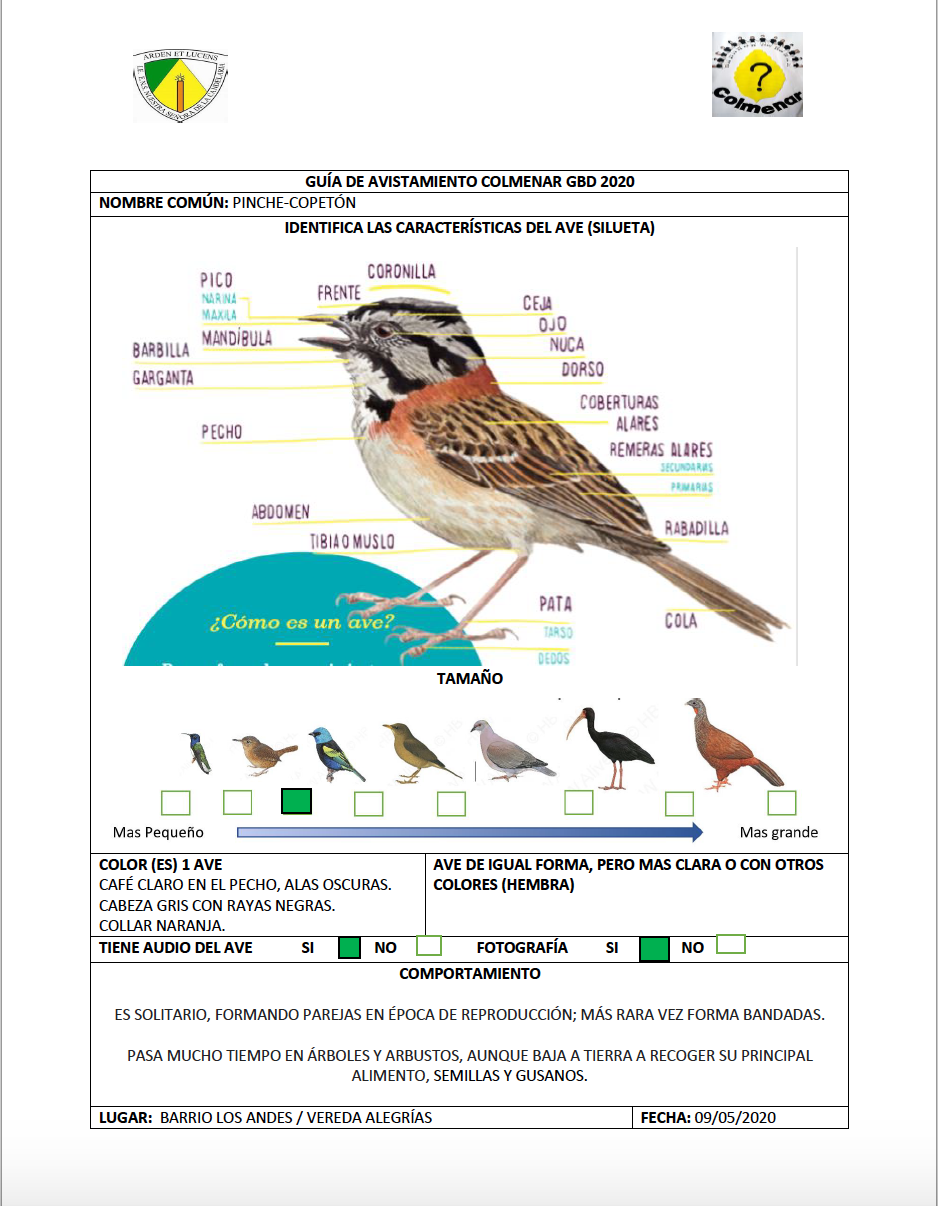The COLMENAR Research Group and the Canaveral Birdwatching Club in collaboration with The Ornithology Society of Caldas (Sociedad Caldense de Ornitología) carried out several community activities in the municipalities of Marquetalia and Victoria in the eastern region of Caldas, a department of Colombia. The goal of this collaborative effort was to strengthen cultural, environmental, and social identity in the community through local bird identification and conservation practices.
Marquetalia is in the eastern region of the department of Caldas in the central mountain range of the Colombian Andes. This is also the home of the striped cuckoo (Tapera naevia), who is known for its far-reaching and ominous song. Because of its unique song, in Colombian popular culture the striped cuckoo is often considered a bad omen and even called “the bird of death.” What makes the striped cuckoo even more mysterious is that it is very shy and while most people have heard its unmistakable song very few people have actually seen the bird!
Global Big Day
It seemed that during the COVID-19 pandemic the region was filled with the constant singing of the striped cuckoo, also know as “Tres Pies.” The deaths registered by the Colombian Department of Health were a real concern to everyone. Many people mistakenly related this tragedy with the song of the Tres Pies. During the pandemic, people were forced to stay or work at home in order to protect each other from getting sick. This caused a lot of unexpected problems such as anxiety, stress, depression, and domestic violence. The COLMENAR Research Group from Normal Superior Nuestra Señora de la Candelaria educational Institute and the Cañaveral educational Institute’s Birdwatching Club got down to business to create fun and educational programs to bring some light into people lives during these hard times. Local teachers and collaborators implemented a strategy to motivate the Victoria and Marquetalia communities to participate as a family in Global Big Day 2020 from the safety of their homes.
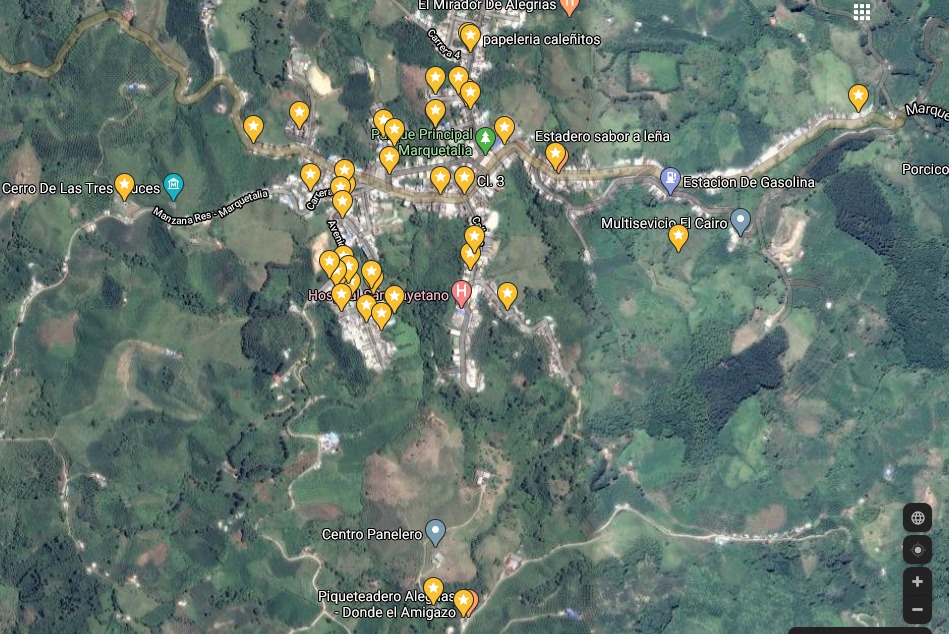
From their homes the participants observed the beautiful birds they have as year round neighbors. In a virtual workshop about the eBird and Merlin Bird ID mobile applications participants learned how to better identify their local birds, share information, and register their observations – a real success!

The Caldense Society of Ornithology (Sociedad Caldense de Ornitología, SCO) offered a video tutorial explaining bird watching and the importance of Global Big Day 2020. They shared user-friendly formats for new birders to learn how to record their observations. Many families in rural areas do not have access to internet, but their voices are still important so the organizers made sure that they could still share their discoveries. These families used paper materials for documenting and drawing the birds they observed instead of uploading them online. When they were done, they could send their materials and photographs to the organizers so that they could have their observations added to eBird. This was a great way to encourage many different people to participate!
Participants included students from elementary and secondary schools and the Complementary Training Program. Teachers, directors, advisors from the Colombian department of Science and Technology Youth Outreach Program (Ondas de Colciencias) and the National Learning Service (Servicio Nacional de Aprendizaje-SENA), environmental groups, and young researchers from the SCO all participated and helped engage their communities.
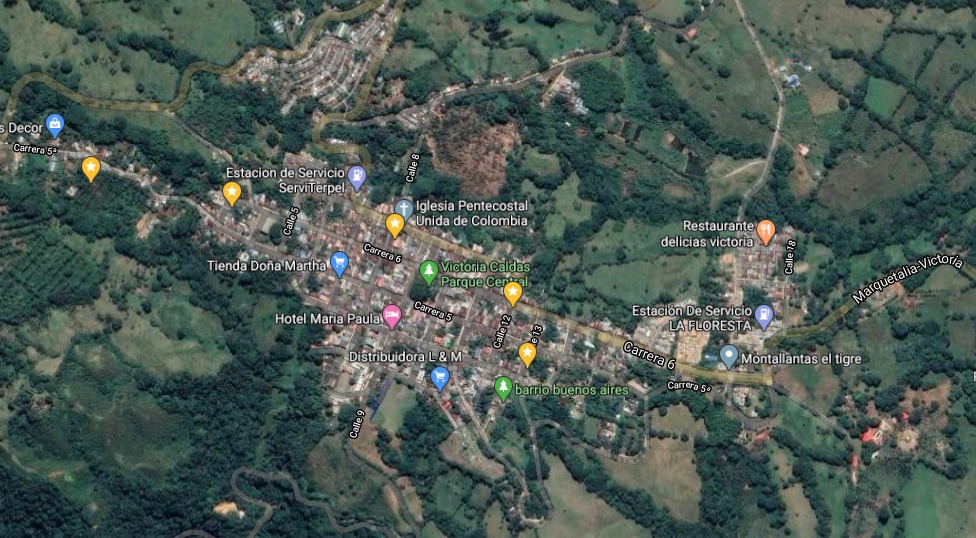
After the Global Big Day, everyone’s observations were uploaded to eBird. Many of these recordings were complemented with photographs and audio clips which were added to the Macaulay Library. There was also a family photography contest, which offered a pair of binoculars and a Miles McMullan’s field guide of the birds of the Colombian Andes as prizes. Anyone could submit photographs of their families bird watching from home during Global Big Day 2020 and use eBird or other suggested formats to record observations during the deadlines set for this global event. It was exciting to see all the bird photos taken by the families from their homes.
The enthusiastic participation during these actives showed that even during difficult times, people can come together as a community and share a love for learning and birds. The bird-watching activities also helped to demystify negative ideas about birds, especially the Tres Pies. People got a chance to observe the Tres Pies perching, singing and stretching its beautiful striped beige and black breast. In the Tupi Guarani language spoken by the region’s indigenous communities the name of Tres Pies is “Tapera.” This means the voice of departure. We can see this departure not a sign of death but rather a departure from the traditional fear of the Tres Pies and the welcoming of a new passion for the community’s feathered treasures.
October Big Day
A few months later the Covid-19 pandemic continues to affect the daily lives of communities all over the world. Many people were still struggling with their mental health during the stay-at-home orders, so local organization thought it would be a great idea to bring the community together again. To the excitement of the Global Big Day participants, the organizations decided to continue the fun on October 17, 2020 with October Big Day. Since many families had participated months before, this time they were able to focus on the technical and academic aspects of birding. A program for 4th through 7th graders and vocational students allowed students to explore conservation efforts focused on three migratory bird species, the Canada Warbler (Cardellina canadensis), the Cerulean Warbler (Setophaga cerulea), and the Golden-winged Warbler (Vermivora chrysoptera) from the central Andes of Colombia.
The students took photos and made drawings of the birds that they saw. These activities help them appreciate in detail the birds that visit them in Colombia during the North American winter. The children used the information that the community collected to gain a better understanding of each species and their behaviors. Forming this bond between student and nature is vital for the conservation of birds. Each additional birdwatcher is a new and important ally for the conservation of birds and the environment. Participation in October and Global Big Day 2020 helped the children and their families to discover the wonders of birds in their region and gain environmental awareness.
The local organizations behind Global Big Day 2020 in the region continued to work hard to bring joy and learning too many families. They have expanded beyond birds and have have formed alliances to institutions such as the US Fish and Wildlife Service (USFWS) and Audubon Society and have helped children develop a connection to the environment and an appreciation for the animals living in their neighborhoods. Thanks to this inspiring team, children have access to many fun and educational resources that help them to learn about the natural treasures they have in their community and take care of them for future generations.
For more information about how the organizations used eBird and other resources: More Specific information about the use of eBird and other resources.
Page was written by Ashley Calderon, Cassandra Nunez and Julia Luna. Edited by Debra Nero.


